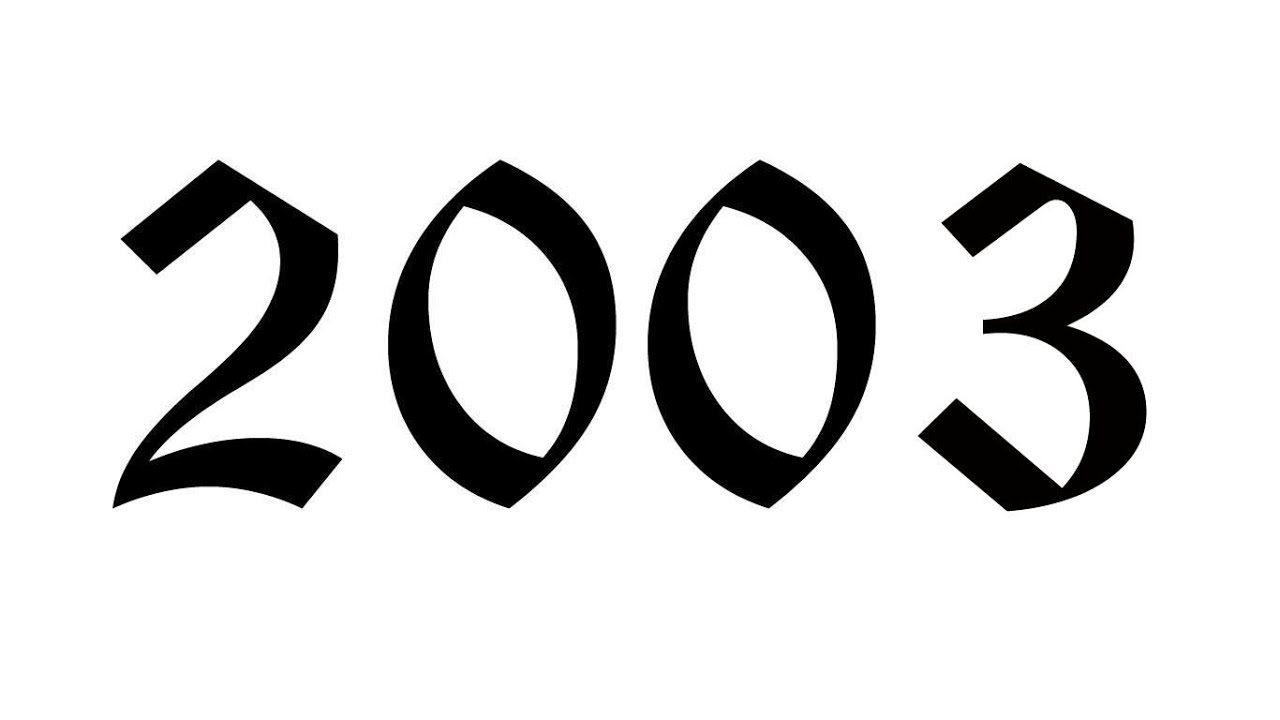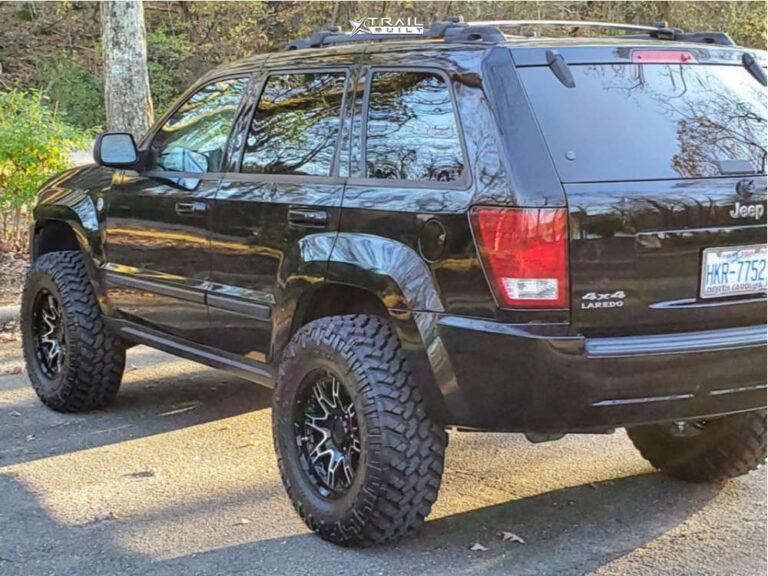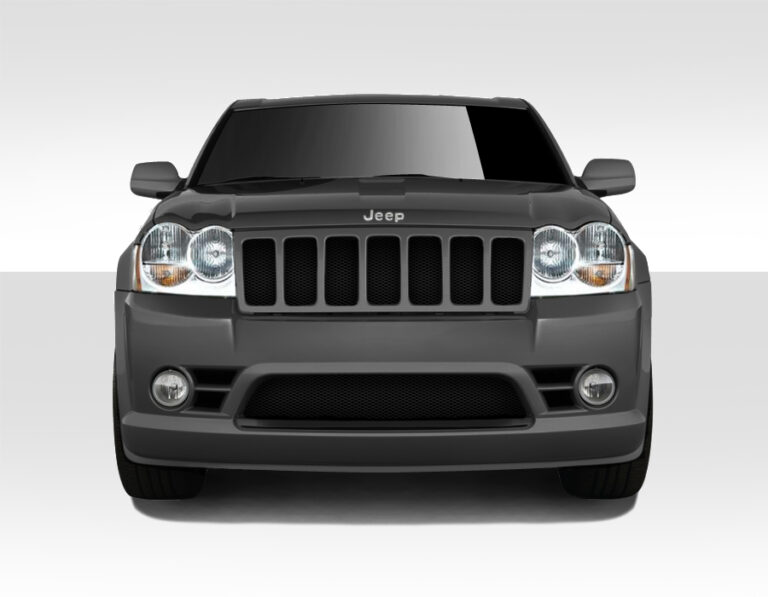2003 Jeep Grand Cherokee Transmission: A Comprehensive Guide
2003 Jeep Grand Cherokee Transmission: A Comprehensive Guide jeeps.truckstrend.com
The 2003 Jeep Grand Cherokee, part of the beloved WJ generation, stands as a testament to rugged capability and refined comfort. A crucial component that underpins its performance, whether navigating city streets or conquering challenging trails, is its transmission. Far more than just a mechanism for shifting gears, the transmission is the heart of the vehicle’s powertrain, responsible for efficiently delivering power from the engine to the wheels. Understanding the intricacies of the 2003 Jeep Grand Cherokee’s transmission is paramount for any owner, influencing everything from driving experience and fuel economy to long-term reliability and maintenance costs. This guide delves deep into the various aspects of this vital system, offering insights into its types, common issues, maintenance, and repair considerations, empowering owners to make informed decisions and extend the life of their cherished SUV.
Understanding the 2003 Jeep Grand Cherokee Transmissions
2003 Jeep Grand Cherokee Transmission: A Comprehensive Guide
The 2003 Jeep Grand Cherokee offered a range of engine options, and with them came different transmission types, each designed to optimize performance for its specific powerplant. Knowing which transmission your WJ is equipped with is the first step in proper understanding and maintenance.
- 42RE (4-Speed Automatic): Primarily paired with the venerable 4.0L PowerTech Inline-6 engine, the 42RE is an electronically controlled four-speed automatic transmission. It’s known for its robust design and relatively simple operation. While a solid workhorse, its four gears mean wider ratios compared to more modern transmissions, which can impact fuel efficiency and power delivery at higher speeds.
- 45RFE (5-Speed Automatic): Found behind the 4.7L PowerTech V8 engine, the 45RFE was a more advanced, electronically controlled multi-speed automatic. While often referred to as a "5-speed," it technically has two second gears (2nd and 2nd prime), offering a unique gear selection strategy for improved performance and efficiency. It was a significant upgrade over the 42RE in terms of smoothness and adaptability.
- 545RFE (5-Speed Automatic with Additional Overdrive): Also paired with the 4.7L PowerTech V8, the 545RFE is essentially an evolution of the 45RFE. It offers five forward gears plus an additional overdrive gear (a "virtual" sixth gear) which further enhances fuel economy during highway cruising. This transmission is electronically sophisticated, adapting its shift points based on driving conditions and driver input.
Both the 45RFE and 545RFE are highly adaptable and feature advanced electronic control units (TCUs) that manage shift quality, torque converter lock-up, and diagnostic functions. Identifying your engine type is the easiest way to determine your transmission model.
Common Transmission Issues and Symptoms

Even robust transmissions can develop issues over time, especially with neglect or high mileage. Recognizing the symptoms early can prevent minor problems from escalating into costly failures.
- Slipping Gears: The engine revs but the vehicle doesn’t accelerate proportionally, or the transmission struggles to engage a gear. This often indicates worn clutch packs, low fluid, or internal pressure problems.
- Harsh or Delayed Shifts: Abnormally hard shifts (clunking, jerking) or a noticeable delay in engagement when shifting into Drive or Reverse. This can be caused by low fluid, worn solenoids, a faulty valve body, or sensor issues.
- Fluid Leaks: Red or brownish fluid spots under the vehicle indicate a leak. Common culprits include the pan gasket, output shaft seal, cooler lines, or a cracked case. Low fluid levels lead to overheating and damage.
- Burnt Fluid Smell: A distinct, acrid smell emanating from the transmission fluid, often accompanied by dark or black fluid. This is a clear sign of severe overheating and internal damage, usually from friction material burning.
- Check Engine Light (CEL) and Diagnostic Trouble Codes (DTCs): The CEL can illuminate for various transmission-related issues, often accompanied by specific P07xx codes (e.g., P0700 for general transmission control system malfunction, P0740 for torque converter clutch circuit).
- Limp Mode: The transmission restricts itself to a single gear (often 2nd or 3rd) to prevent further damage. This is a safety mechanism triggered by the TCU when it detects a critical fault.
- Unusual Noises: Whining, grinding, or clunking sounds can point to worn bearings, planetary gears, or a failing torque converter.
- Overheating: The transmission fluid gets excessively hot, leading to reduced lubrication, accelerated wear, and potential component failure. This can be caused by low fluid, heavy towing, clogged cooler lines, or a failing torque converter.

.jpg?t=168533101131)
Diagnosing Transmission Problems
Accurate diagnosis is crucial. While some basic checks can be done by owners, professional expertise is often required for complex issues.
- Check Fluid Level and Condition: This is the most basic yet critical step. With the vehicle warm and running (on level ground), pull the transmission dipstick. The fluid should be bright red or reddish-brown, clear, and free of particles. If it’s low, dark, cloudy, or smells burnt, it’s a strong indicator of a problem. Remember to use the correct fluid type (ATF+4 for all 2003 Grand Cherokee automatics).
- Scan for OBD-II Codes: An OBD-II scanner can retrieve stored diagnostic trouble codes (DTCs) from the vehicle’s computer. Even if the CEL isn’t on, pending codes might be present. These codes provide valuable clues about the specific system or component malfunctioning.
- Test Drive: A professional will perform a test drive to observe shift patterns, engagement, noise, and overall performance under various loads and speeds.
- Professional Inspection: This may involve checking line pressures, electrical tests of solenoids and sensors, and a thorough visual inspection for leaks or damaged components.
Maintenance and Longevity Tips
Proactive maintenance is the best defense against transmission failure.
- Regular Fluid and Filter Changes: This is arguably the most important maintenance item. Chrysler/Jeep generally recommends ATF+4 fluid. While service intervals vary, many experts suggest changing the fluid and filter every 30,000 to 60,000 miles, or more frequently if you tow heavily or drive in extreme conditions. Always use genuine Mopar ATF+4 or a licensed equivalent. Do not use Dexron/Mercon fluids, as they can cause damage.
- Monitor Fluid Levels Regularly: Check your transmission fluid every few thousand miles, especially before long trips or heavy use.
- Address Leaks Promptly: Even small leaks can lead to significant fluid loss over time, causing overheating and damage.
- Install an Auxiliary Cooler (if needed): If you frequently tow heavy loads or drive in hot climates, an aftermarket transmission cooler can significantly reduce fluid temperatures and extend transmission life.
- Avoid Overloading and Over-Towing: Respect your Grand Cherokee’s towing capacity. Exceeding it puts immense strain on the transmission.
- Allow for Warm-up: In cold weather, allow the vehicle to warm up for a few minutes before driving, especially before demanding heavy acceleration.
- Smooth Driving Habits: Avoid aggressive driving, rapid acceleration, and sudden stops, which can put unnecessary stress on the transmission.
Repair vs. Replacement: Making the Right Decision
When faced with a significant transmission problem, owners must weigh the options: repair, rebuild, or replace.
- Component Repair: For minor issues like a faulty solenoid, sensor, or a small leak, targeted repair can be cost-effective.
- Transmission Rebuild: This involves removing the transmission, disassembling it, replacing worn components (clutch packs, seals, gaskets, bands, solenoids, sometimes the valve body or torque converter), and reassembling it. A rebuild can be a good option if the main casing and hard parts are sound. Quality varies greatly depending on the shop.
- Remanufactured Transmission: A remanufactured unit is one that has been factory-rebuilt to OEM specifications, often with upgrades to common weak points. They typically come with a substantial warranty and are a reliable, albeit more expensive, option. This often requires returning your old transmission as a "core."
- Used Transmission: Sourced from a salvage yard, a used transmission is the cheapest option upfront. However, its history is unknown, and it comes with inherent risks regarding mileage, wear, and potential hidden issues. Warranties are usually very limited.
- New Transmission (OEM): The most expensive option, but it offers the longest expected lifespan and a full factory warranty. Less common for older vehicles unless specific parts are unavailable otherwise.
The decision often comes down to the extent of the damage, the overall condition and value of your 2003 Grand Cherokee, and your budget. For a well-maintained vehicle with a solid engine and chassis, investing in a quality rebuild or a remanufactured unit can provide many more years of reliable service. For a vehicle at the end of its life, a cheaper used unit might be more appropriate.
The Replacement Process
Replacing a transmission is a complex and labor-intensive job that typically requires specialized tools, a lift, and significant mechanical expertise. It is generally not a DIY project for the average home mechanic. The process involves:
- Disconnecting the battery and draining fluids.
- Removing the driveshafts, exhaust, crossmember, and various electrical connections and lines.
- Carefully lowering the transmission from the vehicle.
- Installing the new or rebuilt unit, ensuring proper alignment with the engine and torque converter.
- Reconnecting all components and refilling with the correct fluid.
- Crucially, performing a "Quick Learn" procedure or re-flashing the Transmission Control Module (TCM) to ensure the new transmission adapts correctly to the vehicle’s computer and engine parameters. This step is vital for optimal shift quality and performance and usually requires dealership-level diagnostic tools.
2003 Jeep Grand Cherokee Transmission Estimated Pricing
The cost of addressing a transmission issue can vary significantly based on the type of transmission, the extent of the problem, the parts used, and labor rates. The following table provides estimated price ranges for different solutions, excluding diagnostic fees.
| Transmission Type/Condition | Estimated Price (Part Only) | Estimated Price (Installed) | Notes |
|---|---|---|---|
| Component Repair | $100 – $800 | $300 – $1,500 | For minor issues like solenoid replacement, sensor repair, pan gasket, or fluid cooler line repair. Prices vary depending on part cost and labor complexity. |
| Used Transmission | $400 – $1,200 | $1,000 – $2,500 | Sourced from a salvage yard. Price depends on mileage and warranty (often 30-90 days). Installation labor is a significant part of the cost. Riskier due to unknown history. |
| Rebuilt Transmission | $1,500 – $3,000 | $2,500 – $4,500 | Typically rebuilt by a local transmission shop. Quality and warranty (usually 1-3 years) can vary. This price range reflects a comprehensive overhaul of internal components. |
| Remanufactured Transmission | $2,000 – $4,000 | $3,500 – $6,000 | Professionally remanufactured to OEM or better standards by specialized facilities. Comes with a more substantial warranty (often 3 years/100,000 miles). Often requires core return. Highly recommended for reliability. |
| New (OEM) Transmission | $3,500 – $6,000+ | $5,000 – $8,000+ | Brand new unit from the manufacturer. Highest cost, but offers the longest expected lifespan and full factory warranty. Less common for a vehicle of this age unless a remanufactured unit is unavailable or specific circumstances warrant it. |
| Fluid & Filter Change | $50 – $150 (parts) | $150 – $350 | Routine maintenance. Prices vary based on fluid capacity and labor rates. |
Disclaimer: These are estimated prices and can vary significantly based on your geographic location, the specific transmission model (42RE vs. 45RFE/545RFE), the shop’s labor rates, the specific parts required, and the availability of components. Always get multiple quotes from reputable transmission shops.
Frequently Asked Questions (FAQ)
Q1: What type of transmission fluid does my 2003 Jeep Grand Cherokee use?
A1: All 2003 Jeep Grand Cherokees with automatic transmissions (42RE, 45RFE, 545RFE) use ATF+4 automatic transmission fluid. Using any other type of fluid (like Dexron or Mercon) can cause severe damage and void warranties.
Q2: How often should I change my 2003 Grand Cherokee’s transmission fluid and filter?
A2: For normal driving, every 30,000 to 60,000 miles is a good guideline. If you frequently tow, drive in heavy traffic, or off-road, consider changing it every 20,000 to 30,000 miles. Always check your owner’s manual for specific manufacturer recommendations.
Q3: Why is my 2003 Grand Cherokee going into "limp mode"?
A3: Limp mode is a protective feature that limits the transmission to one or two gears (often 2nd or 3rd) to prevent further damage when the Transmission Control Module (TCM) detects a critical fault. Common causes include faulty solenoids, sensors (input/output speed sensors), low fluid, internal electrical issues, or a failing valve body. A diagnostic scan will usually reveal specific fault codes.
Q4: Can I tow with my 2003 Jeep Grand Cherokee, and what should I consider for the transmission?
A4: Yes, the 2003 Grand Cherokee is well-suited for towing within its specified limits. Always adhere to the vehicle’s maximum towing capacity. For frequent or heavy towing, consider installing an auxiliary transmission cooler to help manage fluid temperatures and extend the transmission’s life. Ensure your transmission fluid is in good condition and at the correct level before towing.
Q5: What’s the difference between a rebuilt and a remanufactured transmission?
A5: A rebuilt transmission is typically overhauled by a local shop, replacing only the worn components. Quality can vary depending on the shop’s expertise. A remanufactured transmission is disassembled, inspected, and rebuilt to original factory specifications (or better) by a specialized facility, often with updated parts to address known weaknesses. Remanufactured units usually come with more comprehensive warranties.
Q6: Is it worth repairing a high-mileage 2003 Grand Cherokee transmission?
A6: This depends on the overall condition of the rest of the vehicle. If the engine is strong, the chassis is rust-free, and the interior is in good shape, investing in a quality remanufactured or rebuilt transmission can give you many more years of service and be more cost-effective than buying a new vehicle. However, if the vehicle has other significant issues, it might be time to consider replacement.
Conclusion
The transmission of your 2003 Jeep Grand Cherokee is a complex and vital system that demands attention and proper care. By understanding the specific transmission type in your vehicle, recognizing common symptoms of trouble, adhering to a strict maintenance schedule, and making informed decisions regarding repairs, you can significantly extend the lifespan of this crucial component. Whether you own the robust 42RE or the more advanced 45RFE/545RFE, proactive maintenance with the correct ATF+4 fluid is your best defense against costly breakdowns. Investing in your transmission’s health is investing in the continued adventure and reliability of your beloved Grand Cherokee, ensuring it remains a capable and enjoyable vehicle for years to come.






